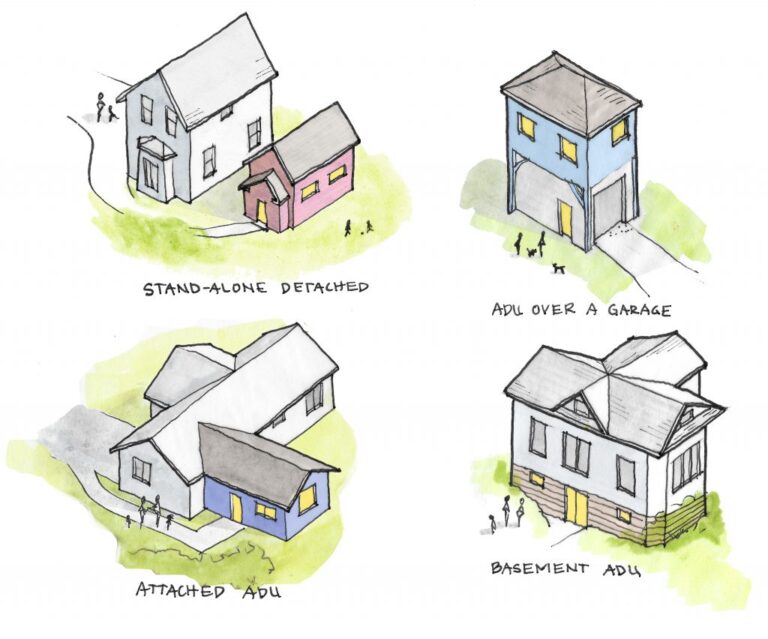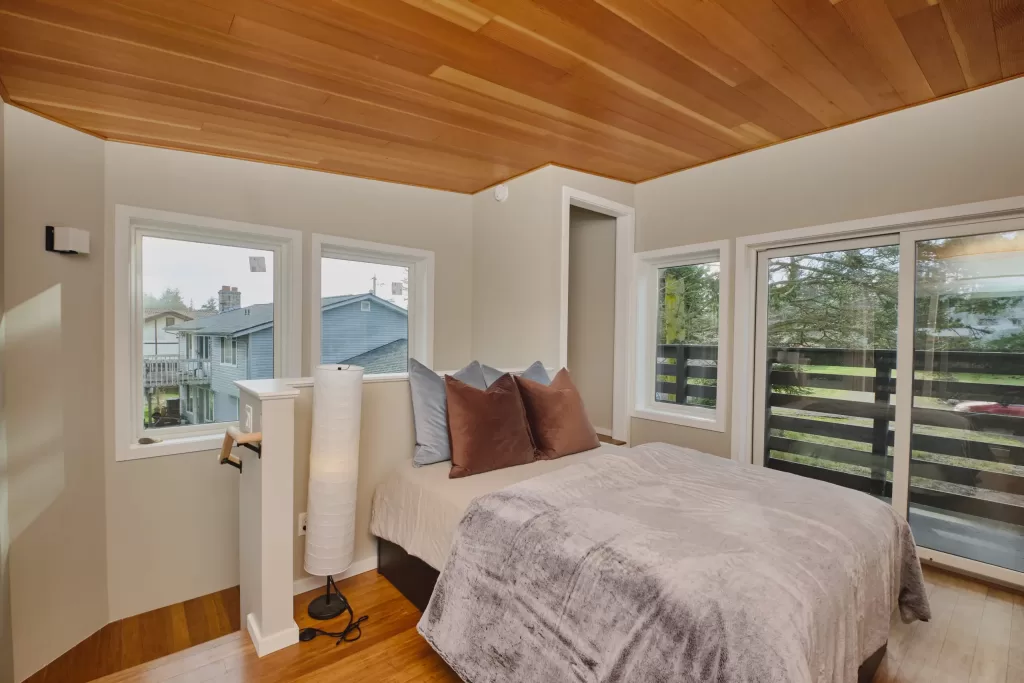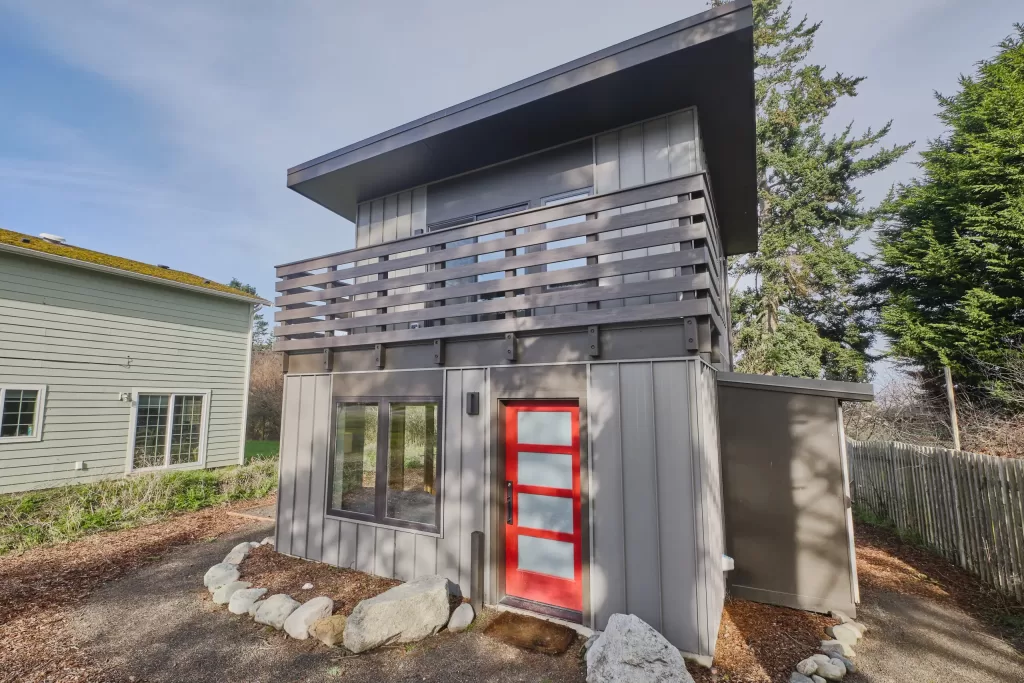The adu

What does ADU mean? An Accessory Dwelling Unit (ADU) is a secondary residential unit located
on the same property as a primary single-family home. Also known as
granny flats or backyard cottages, ADUs are self-contained living spaces
with separate entrances, kitchens, bathrooms, and living areas. They
serve various purposes such as accommodating aging parents, providing
rental income, or offering affordable housing options. ADUs are gaining
popularity as a solution for housing shortages and sustainable living.
Building A Better ADU

We specialize in small footprint living, and we’ve had over a decade to perfect our craft. Because of this, Greenpod’s Accessory Dwelling Units are among the most space -optimized and energy efficient in the industry. By using only sustainably sourced, healthy, high quality materials, your ADU will be sure to last generations.

Building an ADU in Seattle, WA
ADUs can get fairly complicated, but don’t worry, Greenpod handles it all for you.
What are the rules for ADU’s in Washington?
HB 1337: HB 1337 laws of 2023 requires jurisdictions to allow two ADUs per lot within urban growth areas, by six months after the next periodic update due date.
Types of ADUs: There are two basic types of ADUs: Attached ADU (AADU) and Detached ADU (DADU).
Requirements: To construct an accessory dwelling unit in Washington, you may construct up to two ADUs in SF5000, SF7200, and SF9600 zones. Parking is no longer required for accessory dwelling units, but you cannot remove existing off-street parking space(s) unless replaced somewhere else on the property. The property owner does not have to live on the property where an ADU is located
How big can an ADU be?
The size of an ADU in Washington State can vary depending on the location and the type of ADU. For example, in Seattle, the minimum lot size required for a Detached ADU (DADU) is 3,200 square feet in neighborhood residential zones. A DADU is limited to 1,000 square feet of gross floor area in neighborhood residential zones, including RSL, and 650 square feet in a lowrise zone. According to a new state law, ADUs can be up to 24 feet high and 1,000 square feet.
How do you build an ADU?
Building an ADU is much like building any other living dwelling. The challenge comes when you try to optimize for your particular lot while being as space efficient as possible. Luckily, that’s where Greenpod shines. We specialize in small spaces, and with over ten years of experience in ADU, Tiny Home, and Modular contruction, we know exactly how to deliver you a fantastic small-footprint home that feels spacious. By using SIP paneling and high quality, sustainably sourced materials, our ADU’s are among the most energy efficient in the industry. In many cases, all it would take to make our homes net zero would be the addition of a solar panel.
Learn More:
In recent years, multigenerational living has seen a resurgence, driven by both necessity and choice. As families seek to strengthen bonds while
Accessory Dwelling Units (ADUs), also known as granny flats, in-law suites, or backyard cottages, have become increasingly popular as a means of



